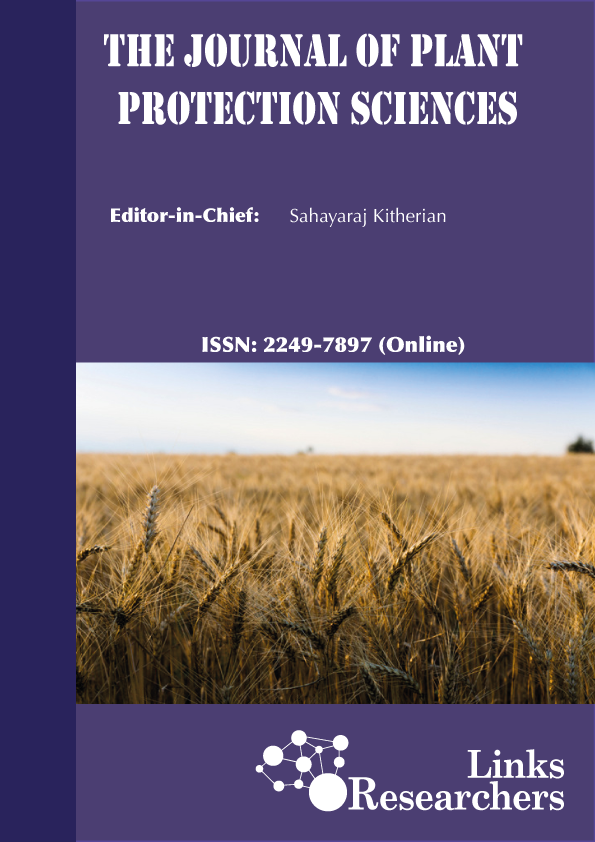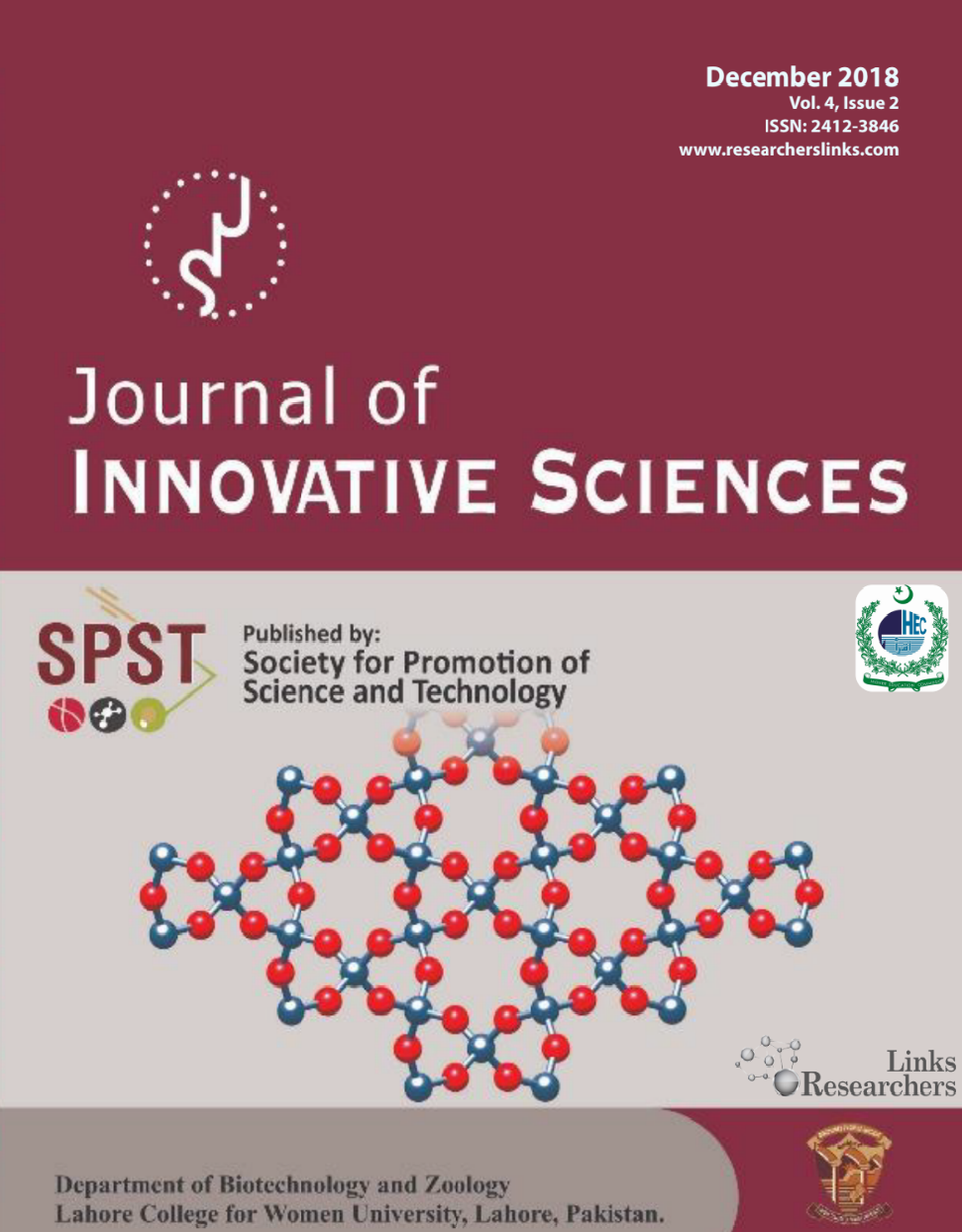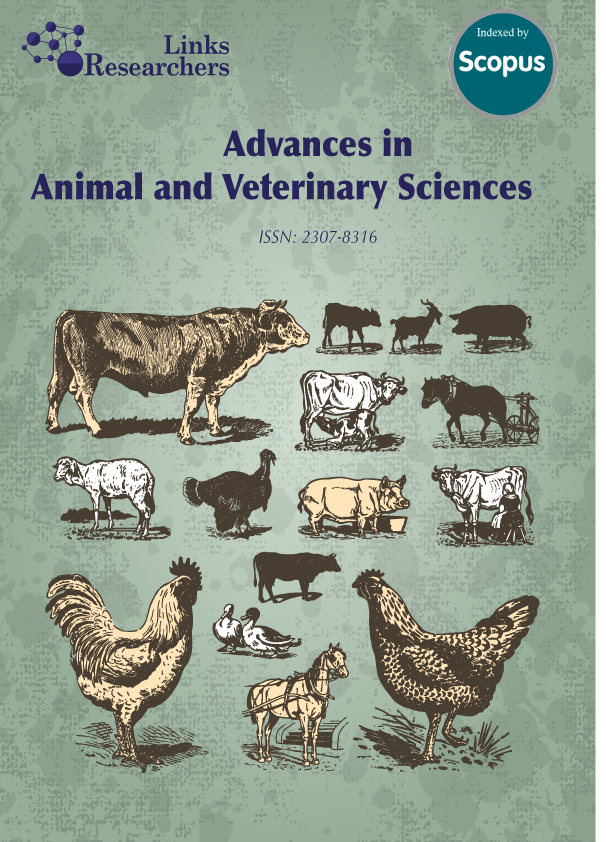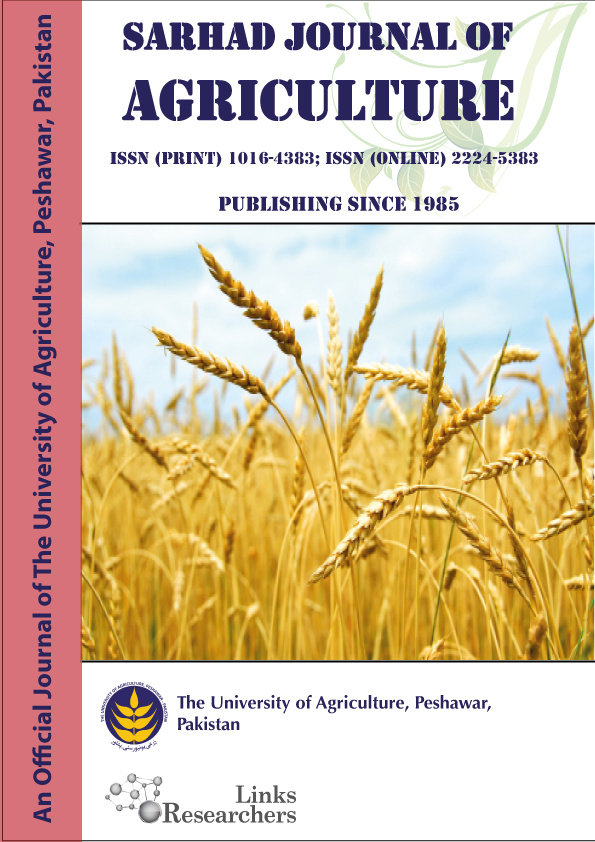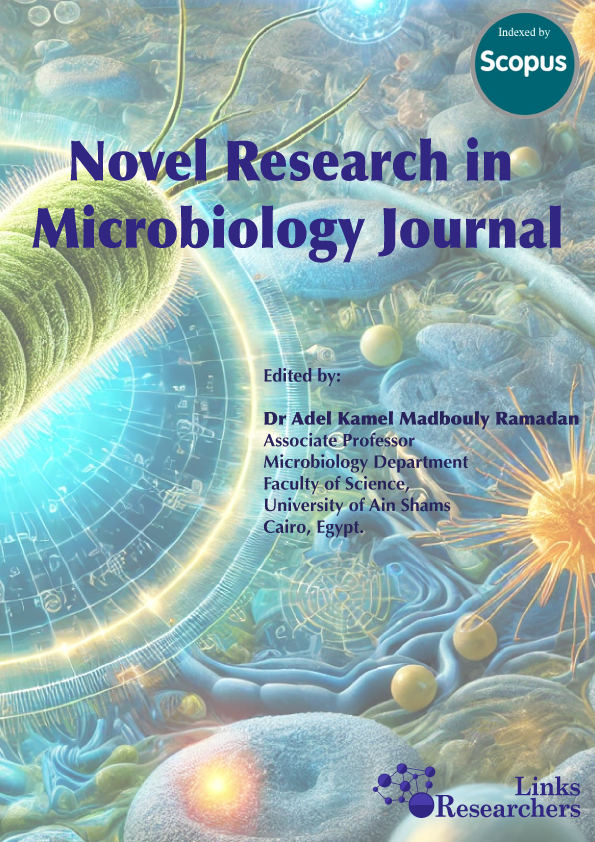Muhammad Javaid1*, Unsar Naeem-Ullah1, Waheed S. Khan2, Shafqat Saeed1, Mirza Abdul Qayyum1 and Muhammad Arslan Khan1
Role of Nanotechnology in Crop Protection and Production: A Review
...e and food industry i.e. nanopesticides to manage insect pests of different crops, nanofungicides to control pathogens, plant diseases and nanoherbicides for the management of weeds. It also facilitate in precision farming, targeted use of inputs i.e. nanofertilizers and to overcome the environmental stress seed treatments with nanoparticles, to improve the crop yield use of smart gene delivery system. This technology can also be useful for sustainable water u...

